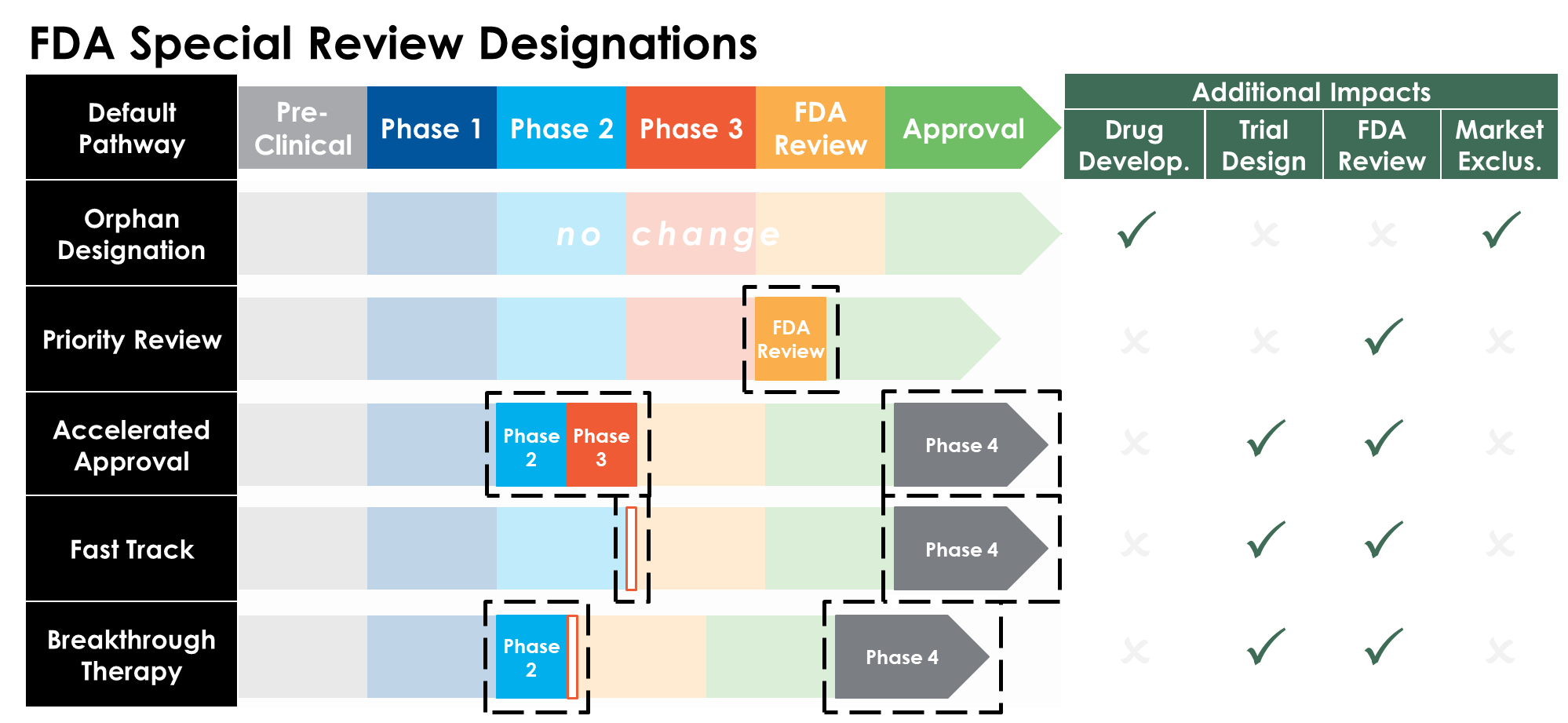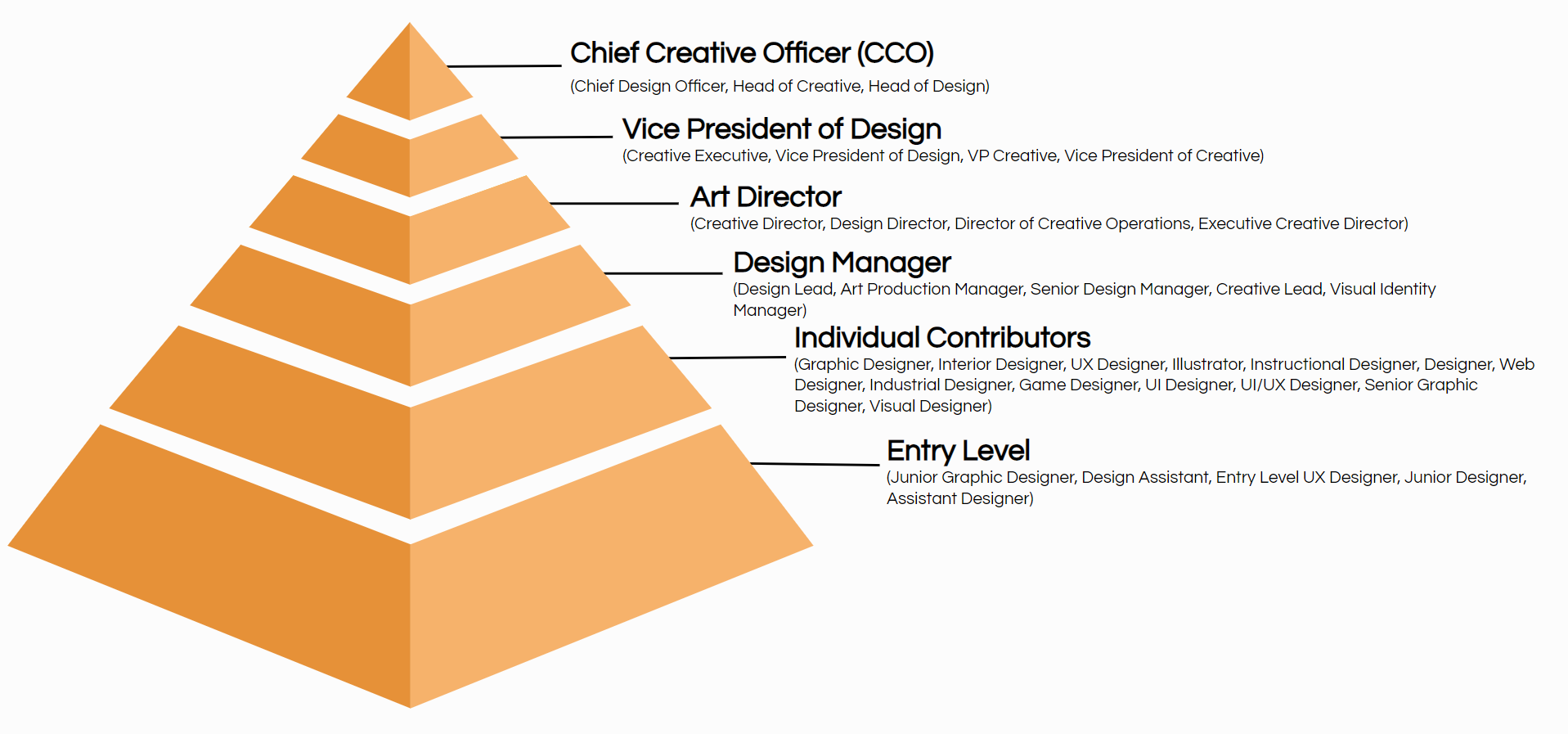Underrated Ideas Of Info About What Is The Designation Of Product

Understanding FDA Special Review Designations Weaver
Decoding Product Designations
1. What's in a Name? Apparently, a Lot!
Ever wondered what all those letters and numbers mean when you see a product name like "XYZ-2000 Super Deluxe"? It's more than just a random jumble; it's a product designation! Think of it as a secret code baked right into the label. This code helps everyone involved — from the manufacturer to the customer — keep track of different versions, models, and characteristics of a particular item.
Product designations are vital for inventory management, especially for large companies churning out dozens of variations of a single product. Imagine trying to keep track of 50 different types of widgets without a clear naming system. It would be utter chaos! Designations bring order to the madness, ensuring the right product gets to the right place at the right time. Plus, when something needs a recall, having a clear designation makes identifying affected units much easier. Less panic, more efficiency!
But it's not just about logistics. A good designation can also hint at the product's features. "HD" often means high definition, and "Pro" usually indicates a more advanced version. This provides a quick snapshot of what you're getting, even before you dive into the detailed specifications. Think of it as a shorthand way of telling the story of the product right there on the box.
So, next time you're browsing for a new gadget or tool, take a closer look at the designation. You might be surprised by the amount of information packed into those seemingly insignificant characters. It's like a mini-encyclopedia about the product, right at your fingertips! It's not just a name; it's a carefully crafted identifier designed to make everyone's life a little bit easier — even if you don't realize it.

Breaking Down the Components of a Product Designation
2. Anatomy of a Code
Okay, so we know product designations are important. But what are they actually made of? Generally, a designation combines letters, numbers, and sometimes even special characters to create a unique identifier. The exact structure varies greatly from company to company and product to product, but there are some common patterns.
Letters often represent the brand, product type, or key features. For example, "ABC" might be the company's initials, while "XL" could indicate an extra-large size. Numbers usually denote the model number, version, or generation. Higher numbers generally imply newer or more advanced versions. Think of it like software updates: version 2.0 is usually better than version 1.0 (hopefully!).
Special characters, like hyphens or slashes, often serve as separators to improve readability. They help to group related information together and make the designation less of an overwhelming string of characters. Imagine trying to decipher "ABC123XLPro" versus "ABC-123-XL-Pro." The hyphens make a world of difference, right?
The order of these components is also significant. Usually, the brand or product line comes first, followed by the model number and then any additional features or specifications. This creates a logical flow that makes it easier to understand the designation at a glance. It's like reading a sentence: subject, verb, object. The product designation follows a similar logic to convey its meaning effectively. And sometimes, if you are really lucky, it even has a funny joke built into the code! (Okay, maybe not.)

Product Designation
The Importance of Standardized Designations
3. Why Uniformity Matters in a World of Variety
While individual companies have their own methods, standardization of product designations across an entire industry can be incredibly beneficial. Imagine a world where every lightbulb used a different base and voltage requirement. It would be a complete nightmare! Standardized designations help ensure compatibility, interoperability, and overall safety.
Standards organizations, like the International Organization for Standardization (ISO) or the American National Standards Institute (ANSI), often play a crucial role in developing and promoting these standardized designations. They work with manufacturers to establish common guidelines and best practices for naming and labeling products. This makes it easier for consumers to compare products from different brands and make informed purchasing decisions.
For businesses, standardized designations streamline supply chains, reduce errors, and facilitate communication between different departments and suppliers. It also makes it easier to comply with regulations and industry standards. And in the event of a product recall, standardized designations simplify the process of identifying and tracking affected units, minimizing the impact on consumers and the company's reputation.
Ultimately, standardized designations create a more efficient, safer, and transparent marketplace for everyone involved. They promote innovation by allowing companies to focus on developing better products, rather than reinventing the wheel when it comes to naming and labeling them. So, the next time you see a product with a designation that seems strangely familiar, remember that it might be part of a larger effort to bring order and clarity to the world of commerce. It's like a secret handshake for products!
What Does Designation Mean On A Form
Challenges in Creating Effective Product Designations
4. The Not-So-Easy Task of Naming Things
Crafting the perfect product designation isn't always a walk in the park. There are several challenges that manufacturers face when trying to create a system that is both informative and user-friendly. One of the biggest hurdles is balancing the need for specificity with the desire for brevity. A designation that is too long and complicated can be confusing and difficult to remember.
Another challenge is ensuring that the designation is unique and doesn't conflict with existing trademarks or naming conventions. Imagine launching a new product only to discover that its designation is already in use by a competitor. It would be a legal and marketing disaster! This requires thorough research and due diligence to avoid any potential conflicts.
Furthermore, a good product designation should be future-proof and scalable. As the product line expands and new features are added, the designation system needs to be able to accommodate these changes without becoming unwieldy or outdated. This requires careful planning and foresight to anticipate future needs and developments.
Finally, a product designation should be culturally appropriate and avoid any unintended negative connotations in different languages or markets. What might seem like a perfectly innocent designation in one country could be offensive or humorous in another. This requires sensitivity and awareness of cultural nuances to avoid any embarrassing or damaging situations. It's a tricky balancing act, but with careful planning and execution, it's possible to create product designations that are both effective and culturally sensitive.

Test Software Tool
Real-World Examples of Product Designation Systems
5. Learning from the Pros
Let's take a look at some real-world examples of product designation systems to see how different companies approach this task. In the automotive industry, manufacturers often use a combination of letters and numbers to denote the model, engine size, and trim level. For example, "BMW 328i" indicates a 3 Series model with a 2.8-liter engine and a specific trim level. The 'i' indicates that the car is fuel injected.
In the electronics industry, companies like Samsung and Apple use product designations to differentiate between different generations and versions of their smartphones and tablets. For example, "iPhone 13 Pro Max" clearly identifies a specific model with advanced features and a larger screen size. The evolution of the names tell the story of the product itself!
In the apparel industry, brands like Nike and Adidas use product designations to indicate the style, size, and color of their clothing and footwear. For example, "Nike Air Max 90" refers to a specific shoe model that has been around for a long time, while the colors have extra codes to help retailers and customers order the correct shoe.
These examples demonstrate the diversity of product designation systems and how they can be tailored to meet the specific needs of different industries and product categories. While the exact format and components may vary, the underlying goal remains the same: to provide a clear and concise identifier that helps customers and businesses alike understand and manage products effectively. It's like a secret language that everyone in the industry speaks, even if they don't realize it!
